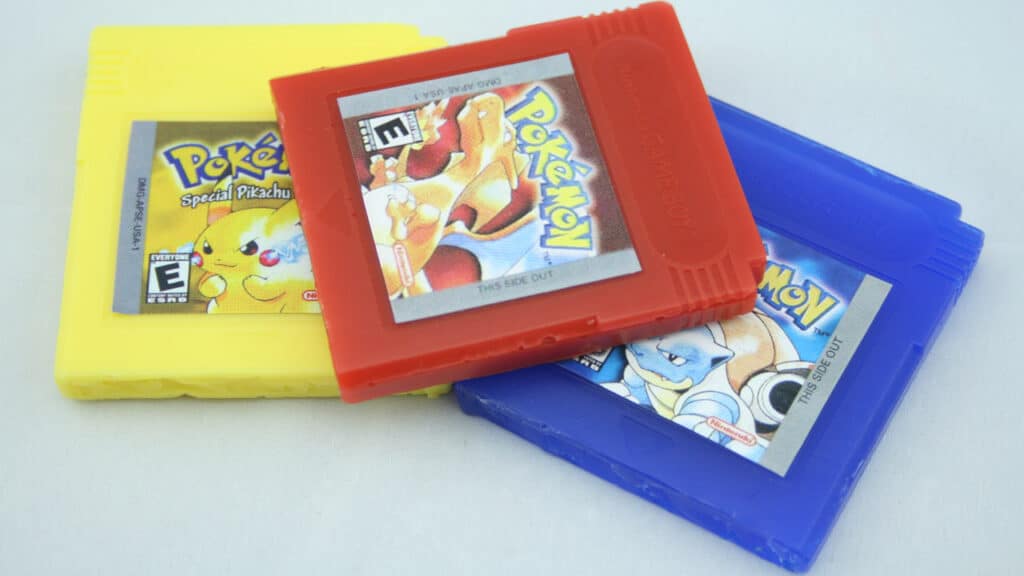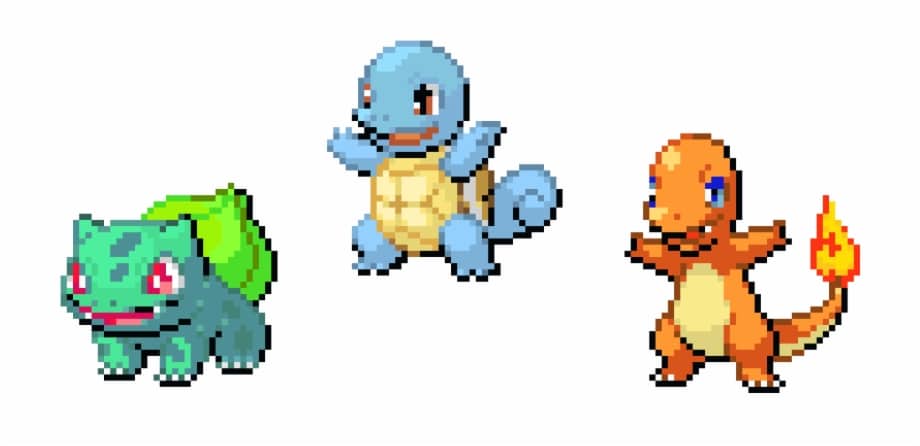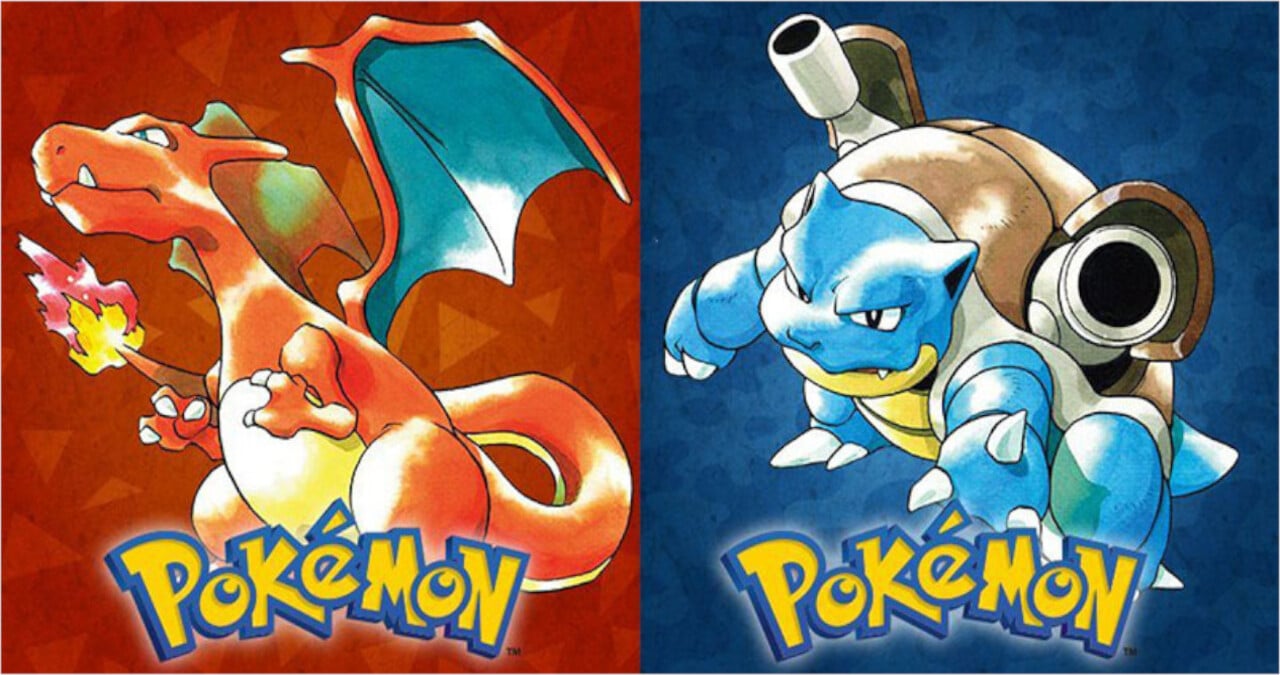This year the Pokémon franchise turns 25 and more than two decades after their first foray into the video game market, their popularity shows no sign of waning. It was on October 5, 1998 that Pokémon Red and Blue arrived for the first time in Italy, about two years after their release in Japan and surely if you were born in the early 90s you will remember that period with affection and nostalgia. To celebrate the European anniversary of Pokémon Red and Blue, let’s retrace their history, discovering how the project was initially born.
Pokémon Red and Blue: a 25-year history
The first thing to know about the very first Pokémon games is that, in reality, they are not exactly the same ones released in Japan. In fact, in the land of the Rising Sun the titles that came out in 1996 were Pokémon Red and Green, while the Blu it was a later re-edition, designed ad hoc after the success of the pocket monsters. This is a minimal difference, but still noteworthy when we consider that Pokémon Green does not arrive on its western until after a long time.
In any case, all three games had a sensational success in Japan and had the strength to impose themselves on the market, to then remain an evergreen product until the most modern times. But how exactly did the series come about?

Fortunately, there is no lack of anecdotes regarding the birth of the brand, given that Satoshi Tajiri, then director of the first Pokémon games, never spared himself in terms of details. Tajiri was very fond of insects at an early age, and spent his afternoons collecting them. When he grew up, however, he had to abandon this pastime, partly due to lack of time, partly because urbanization was slowly reducing the green spaces where to find these animals.
Precisely because of the passion that was denied him, the director came up with the idea of developing a video game based on the collection of certain creatures and took advantage of the Game Boy to give shape to his idea. At that point his colleague Shigeru Miyamoto suggested that he use the console’s link cable to allow players to swap monsters and create two versions of the game with creatures unique to one edition or the other.
And as they say in these cases, the rest is history.
The first generation never forgets
The first generation of Pokémon is perhaps the best known and loved by both Game Freak and fans. Which is paradoxical, given that these are also the most limited games of the entire series, and not just because of the years in which it was released. Pokémon Red, Green and Blue, in fact, were games already slightly behind their competitors since their launch to explode the Pokémon phenomenon was not so much the technical sector as the strength of the idea behind it.
Both the software house and the players discovered thanks to these games, based on collecting and breeding monsters, were incredibly exciting and with potentially infinite development potential. The first 151 Pokémon have effectively entered the collective imagination of each player, also thanks to their simple but inspired design, not to mention the cartoon, which definitively consecrated the franchise to the general public.

The idea of having different versions of the same game, however, proved to be a success, as it helped to create what was later referred to as the Pokémon mania, also amplified by the merchandise tailored to the brand.
The last first generation title was Pokémon Yellow, a sort of definitive edition of the three games, while years later we have had various remakes that have allowed us to live our adventures next door again. The most recent of these is Pokémon Let’s Go Pikachu e Eevee, which mixed some typical features of the series with more unusual mechanics similar to what was seen in Pokémon GO.
Now we just have to wait for the remakes of Diamond and Pearl and Pokémon Legends Arceus.













Leave a Reply
View Comments